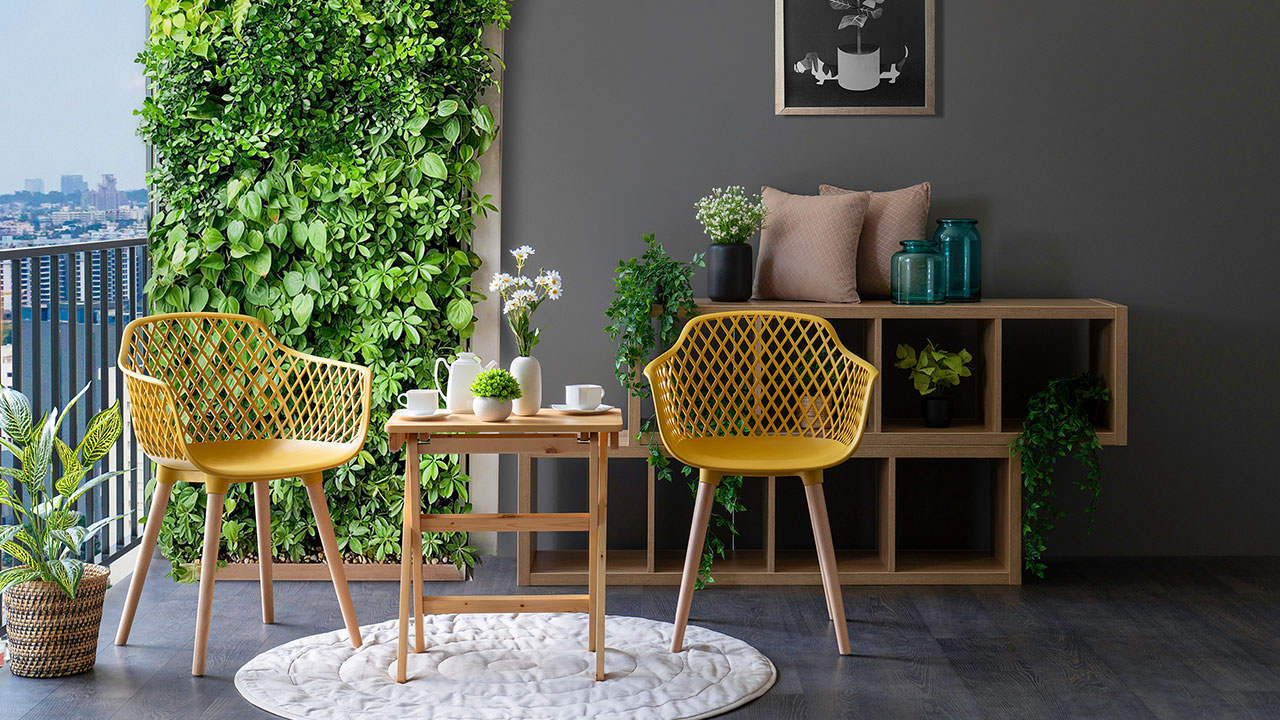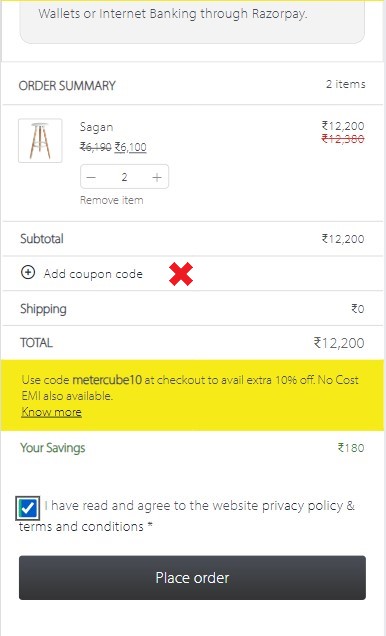
Imagine investing in a patio furniture set, expecting it to be the backdrop for countless summers, only to watch it deteriorate after a single season. It’s a common frustration that many of us have faced, leading to the endless cycle of repair, replace, repeat. But what if you could break this cycle? What if you could choose furniture that promises elegance, comfort, and resilience to withstand sun, rain, and snow? In this blog, we’ll explore the six most durable materials for outdoor patio furniture, guiding you through the strengths and considerations of each to help you make an informed decision.
-
Aluminium
Aluminium is a highly valued material for outdoor patio furniture due to its durability, lightweight nature, and corrosion resistance. Its natural properties make it an outstanding selection for outdoor environments, thanks to its resistance to rust and its ability to endure a variety of weather conditions, from rain and sunshine to the unique challenges of coastal settings. Aluminium furniture is often powder-coated, adding a layer of protective coating to prevent oxidation, and enabling customisation through a wide range of colours and finishes.
This material’s low density makes it easy to move and rearrange furniture as needed and contributes to its popularity in outdoor dining sets, lounge chairs, and more. Maintenance is straightforward and involves little more than regular cleaning with soap and water to keep the furniture looking new.
-
Engineered Wood
Engineered wood, often called composite wood, or manufactured board, encompasses a range of wood products created by combining wood strands, particles, fibres, veneers, or planks using adhesives or other bonding techniques to produce composite materials. This category includes plywood, medium-density fibreboard (MDF), particle board, and oriented strand board (OSB). The creation of engineered wood involves applying high heat and pressure to layer wood fibres, particles, or veneers, often resulting in a product that can be more stable, uniform, and durable than solid wood.
One of the primary advantages is its resistance to warping or splitting because the manufacturing process ensures a controlled moisture distribution throughout the material. This makes engineered wood an excellent choice for various applications, including flooring, furniture, cabinetry, and structural components like beams and cross-laminated timber (CLT) for buildings.
-
Wrought Iron
Known for its heavy-duty composition and ability to withstand substantial wear and tear, wrought iron furniture is a steadfast choice for those seeking longevity and timeless elegance in their outdoor spaces. Its notable weight makes it particularly resistant to strong winds, ensuring stability in various weather conditions. The material’s malleability allows for intricate designs, from ornate scrolls to delicate filigree, offering a wide range of stylistic options that complement any garden or patio aesthetic.
Despite its many strengths, wrought iron requires care to maintain its appearance and prevent rust. Regular inspections are must to identify signs of wear or corrosion early on. Treating the furniture with a rust-resistant finish and touching up any chips in the paint can help preserve its integrity and beauty. Some owners opt to repaint wrought iron pieces every few years to refresh their look and provide additional protection against the elements.
-
Stainless Steel
Stainless steel is esteemed for its remarkable durability, sleek appearance, and corrosion resistance, making it an excellent choice for outdoor patio furniture. This material stands out for its strength and ability to withstand harsh weather conditions. Unlike other metals, stainless steel resists rust and oxidation thanks to its chromium content, which forms a passive layer of protection against corrosion. This makes it particularly suited for outdoor environments where furniture is exposed to the elements.
Maintenance for stainless steel furniture is straightforward, involving routine cleaning with mild soap and water to remove dirt and grime. Specialised stainless steel cleaners can be used for tougher stains or to restore shine. While it is more corrosion-resistant than other metals, in coastal areas or environments with high chlorine exposure, opting for 316-grade stainless steel, known as marine-grade stainless steel, for enhanced durability is advisable.
-
Teak
Teak is a premier choice for outdoor patio furniture due to its exceptional durability and low maintenance needs. This dense, tightly grained hardwood is naturally rich in oils, making it remarkably resistant to weather conditions, including the damaging effects of sun exposure, rain, and moisture. Unlike other wood types, teak does not rot, warp, shrink, or swell, ensuring that furniture from this material retains its structural integrity and aesthetic appeal over many years.
Maintenance is minimal; teak can be left untreated to develop a beautiful silvery-grey patina or treated with teak oil to preserve its original golden hue. Its natural resistance to pests and ability to withstand extreme weather conditions make teak an ideal material for luxurious and long-lasting outdoor furniture, from garden benches and dining sets to loungers and daybeds.
-
High Density Polyethylene
High-Density Polyethylene (HDPE) is a robust, versatile thermoplastic polymer made from petroleum. As one of the most popular types of polyethene, HDPE stands out for its high strength-to-density ratio, making it an ideal material for various applications where durability is essential. HDPE is characterised by its resistance to impact, moisture, and chemicals and its ability to withstand high temperatures, making it highly suitable for consumer goods and industrial applications.
In outdoor furniture, HDPE is prized for its durability and ability to mimic the texture and appearance of natural wood without maintenance. This makes it a popular choice for outdoor patio furniture, especially in eco-friendly or sustainable product lines, as it often incorporates recycled materials in its production. One of the key benefits of HDPE is its environmental resistance, allowing it to perform exceptionally well in outdoor settings without succumbing to rot, mould, or mildew. Its colour stability under UV exposure is another critical advantage, ensuring that products made from HDPE retain their appearance over time despite prolonged exposure to sunlight.
Choosing the right furniture is more than just an aesthetic decision; it invests in countless future moments. Whether it’s the serene solitude of a sunrise coffee in the comfort of durable teak chairs, the laughter of friends gathered around a sturdy aluminium table on a warm summer evening, or the peaceful afternoons spent lounging on low-maintenance HDPE furniture, the materials we select become the silent supporters of our outdoor lifestyles.







